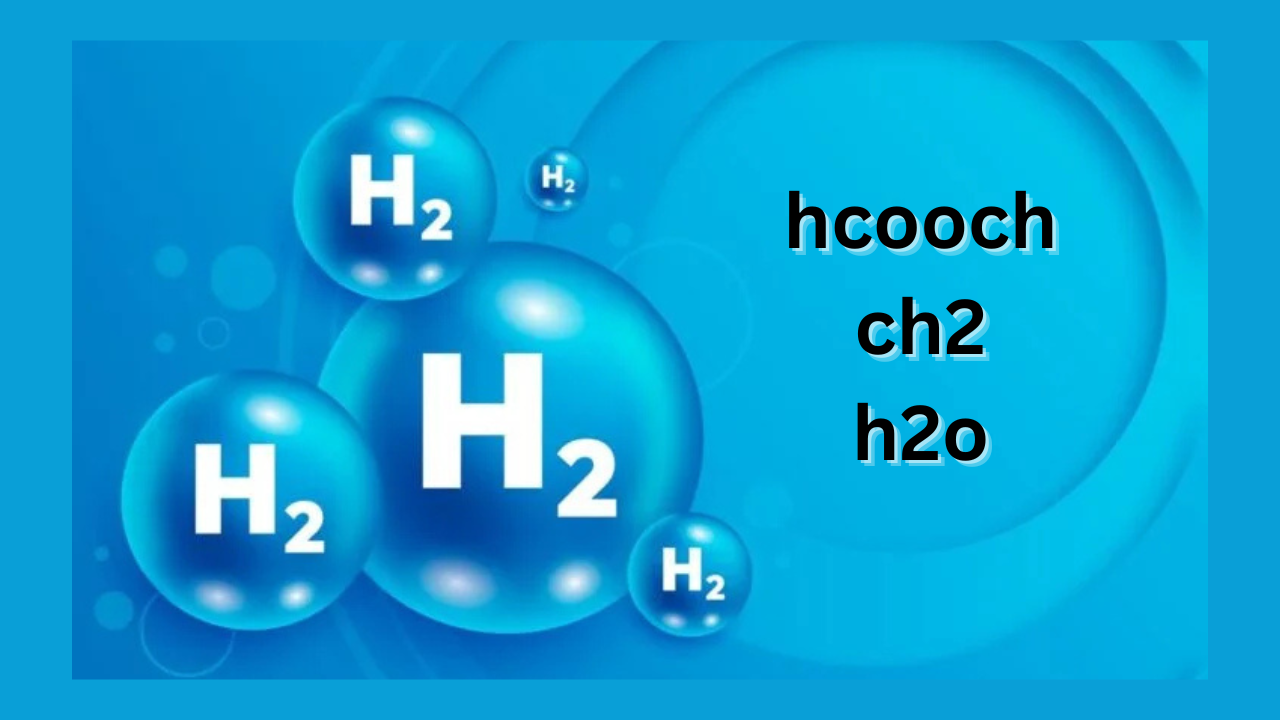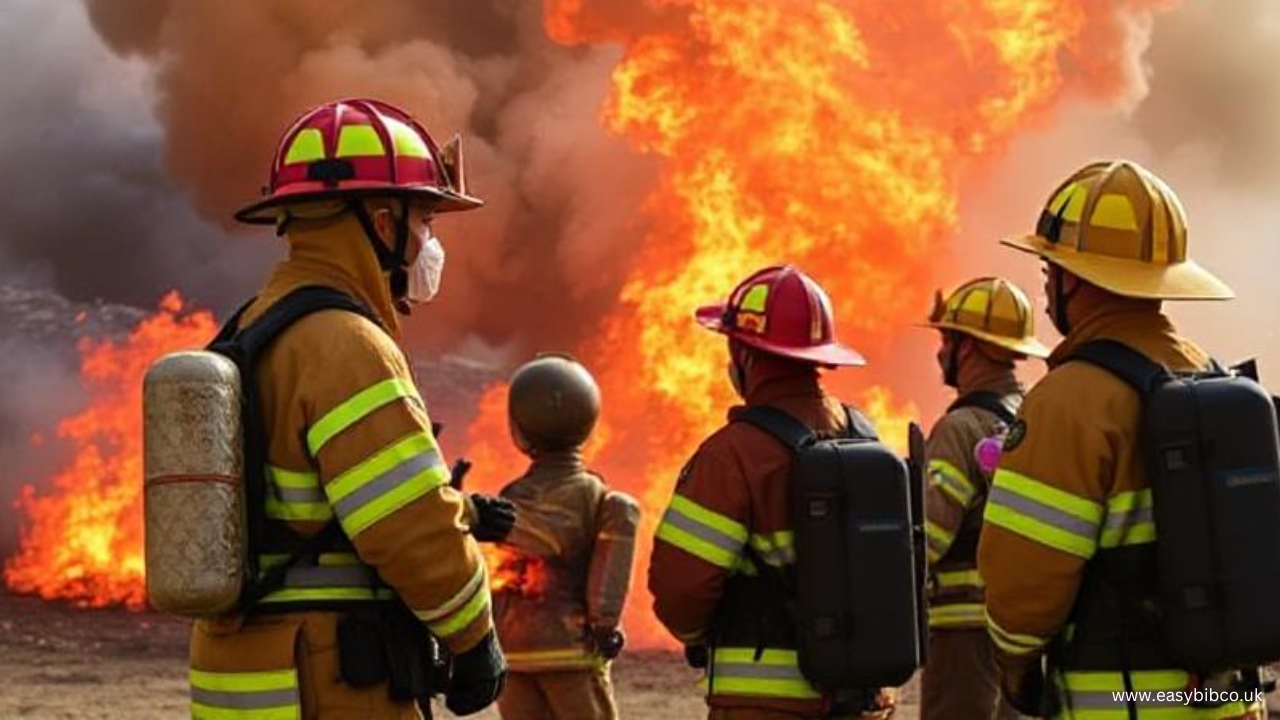Understanding the Key Chemical Reactions of hcooch ch2 h2o in Chemistry
In chemistry, the interaction between compounds often unravels critical insights into their behavior and applications. The compounds hcooch (methyl formate), ch2 (methylene group), and h2o (water) hold particular significance due to their reactivity and practical utility in industrial and academic research. This article explores their structures, properties, reactions, and broader implications.
The Chemical Structures and Properties
Hcooch (Methyl Formate)
Methyl formate, with the chemical formula HCOOCH₃, is the simplest ester derived from formic acid and methanol. Its molecular structure comprises a carbon atom bonded to a hydrogen atom, a hydroxyl group, and a methyl group connected via an oxygen atom. This ester has a fruity aroma, making it useful in fragrance production, but its primary applications are in industrial processes. As a polar molecule, it is miscible with water and many organic solvents, enabling its widespread use in chemical syntheses.
Ch2 (Methylene Group)
The methylene group (CH₂) is a fundamental unit in organic chemistry. It features a carbon atom bonded to two hydrogen atoms. It often appears as part of more significant organic compounds and is a reactive intermediary in many chemical reactions. Its versatility allows it to participate in polymerization processes, where multiple methylene groups form long-chain polymers, which is critical in creating plastics and synthetic fibers.
H2O (Water)
Due to its unique molecular structure, water is ubiquitous in chemical processes. Water exhibits polarity by combining two hydrogen atoms covalently bonded to an oxygen atom, enabling it to dissolve a wide range of substances. Its amphoteric nature allows it to act as both an acid and a base, extending its utility in various reactions. Moreover, water’s high heat capacity and surface tension make it indispensable in laboratory and industrial settings.
Reactions Involving hcooch, ch2, and h2o
The interplay between hcooch, ch2, and h2o leads to several important chemical reactions with applications ranging from synthetic chemistry to energy production.
Esterification and Hydrolysis
Hcooch is produced via the esterification of formic acid and methanol, releasing water as a byproduct. Conversely, this ester can undergo hydrolysis in the presence of water to regenerate formic acid and methanol: HCOOCH3+H2O→HCOOH+CH3OHHCOOCH₃ + H₂O → HCOOH + CH₃OHHCOOCH3+H2O→HCOOH+CH3OH.
These reversible reactions are central to organic synthesis and are involved in the production of solvents, adhesives, and flavoring agents.
Oxidation Reactions
Hcooch reacts with oxygen in the presence of catalysts to produce carbon dioxide and water. This exothermic process finds utility in fuel cell technology, where hcooch serves as an energy source:2HCOOCH3+O2→2CO2+2H2O2 HCOOCH₃ + O₂ → 2 CO₂ + 2 H₂O2HCOOCH3+O2→2CO2+2H2O
Polymerization of Methylene Groups
The CH₂ unit participates in polymerization reactions to form long-chain molecules such as polyethylene, which is widely used in packaging and construction materials. By manipulating the reaction conditions, chemists can control the properties of the resulting polymer, tailoring it for specific applications.
Applications Across Industries
The reactions and properties of hcooch, ch2, and h2o underpin numerous industrial and scientific processes.
Methyl Formate Applications
Hcooch is widely used as a solvent to produce resins, adhesives, and coatings. It is also an intermediate in synthesizing formamide and dimethylformamide (DMF), chemicals critical to the pharmaceutical and agricultural sectors.
Role of Methylene in Polymers
The CH₂ group forms the backbone of many polymers. Polyethylene, derived from methylene, is one of the most produced plastics globally. It creates packaging materials, pipes, and even medical devices. Advanced research into methylene-based polymers seeks to improve their biodegradability, addressing environmental concerns associated with plastic waste.
Water as a Chemical Medium
Water’s versatility extends beyond being a solvent. It participates actively in hydrolysis, hydration, and neutralization reactions. Industrial applications include its use in cooling systems, chemical reactors, and energy generation through hydroelectric plants.
Safety and Environmental Considerations
While these compounds are indispensable, handling them requires caution.
Hcooch Safety Guidelines
Methyl formate is flammable and volatile, necessitating proper storage and ventilation. Exposure to high concentrations can cause respiratory irritation and dizziness, so personal protective equipment is recommended when handling it.
Ch2 and Environmental Impact
Methylene, as part of polymers, contributes to non-biodegradable plastic waste. Research efforts are focused on developing eco-friendly alternatives, including bio-based plastics, to mitigate its environmental footprint.
Water Management
Though water is renewable, industrial processes can lead to contamination. Sustainable water usage practices, including recycling and treatment, are vital for maintaining ecological balance.
Experimental Techniques for Analysis
The reactions involving hcooch, ch2, and h2o are studied using advanced analytical methods to understand their mechanisms and optimize conditions.
Spectroscopy
Techniques such as NMR and IR spectroscopy provide insights into molecular structures and reaction intermediates. NMR detects the environment of hydrogen and carbon atoms, while IR identifies functional groups through their vibrational frequencies.
Chromatography
Gas chromatography (GC) and high-performance liquid chromatography (HPLC) separate and quantify reaction products, ensuring the purity of synthesized compounds.
Calorimetry
The calorimetric analysis measures the heat exchange during reactions, aiding in understanding reaction kinetics and thermodynamics.
FAQs: Frequently Asked Questions
What is hcooch?
Hcooch, or methyl formate, is an ester derived from formic acid and methanol. It is used as a solvent and an intermediate in chemical synthesis.
What role does CH₂ play in organic chemistry?
CH₂, or the methylene group, is a reactive intermediate in organic synthesis and a fundamental unit in polymerization processes.
Why is H₂O crucial in chemical reactions?
Water’s polarity, amphoteric nature, and ability to act as a solvent make it essential for dissolving reactants and facilitating reaction pathways.
What are the primary applications of these compounds?
Hcooch is used in coatings and adhesives, CH₂ forms the backbone of plastics, and H₂O is an integral solvent and reaction medium.
Are there environmental concerns with these compounds?
While hcooch is biodegradable, CH₂-based polymers contribute to plastic waste. Proper water management is also critical to prevent industrial pollution.
Conclusion
The chemical interactions of hcooch, ch2, and h2o are foundational to understanding basic and applied chemistry. Their reactions underpin various industrial processes, from producing solvents and polymers to generating energy. By exploring their properties and applications, chemists can innovate solutions that enhance efficiency while addressing environmental sustainability. As research advances, these compounds will continue to play a pivotal role in shaping the future of chemistry.














Post Comment